Neuroscience
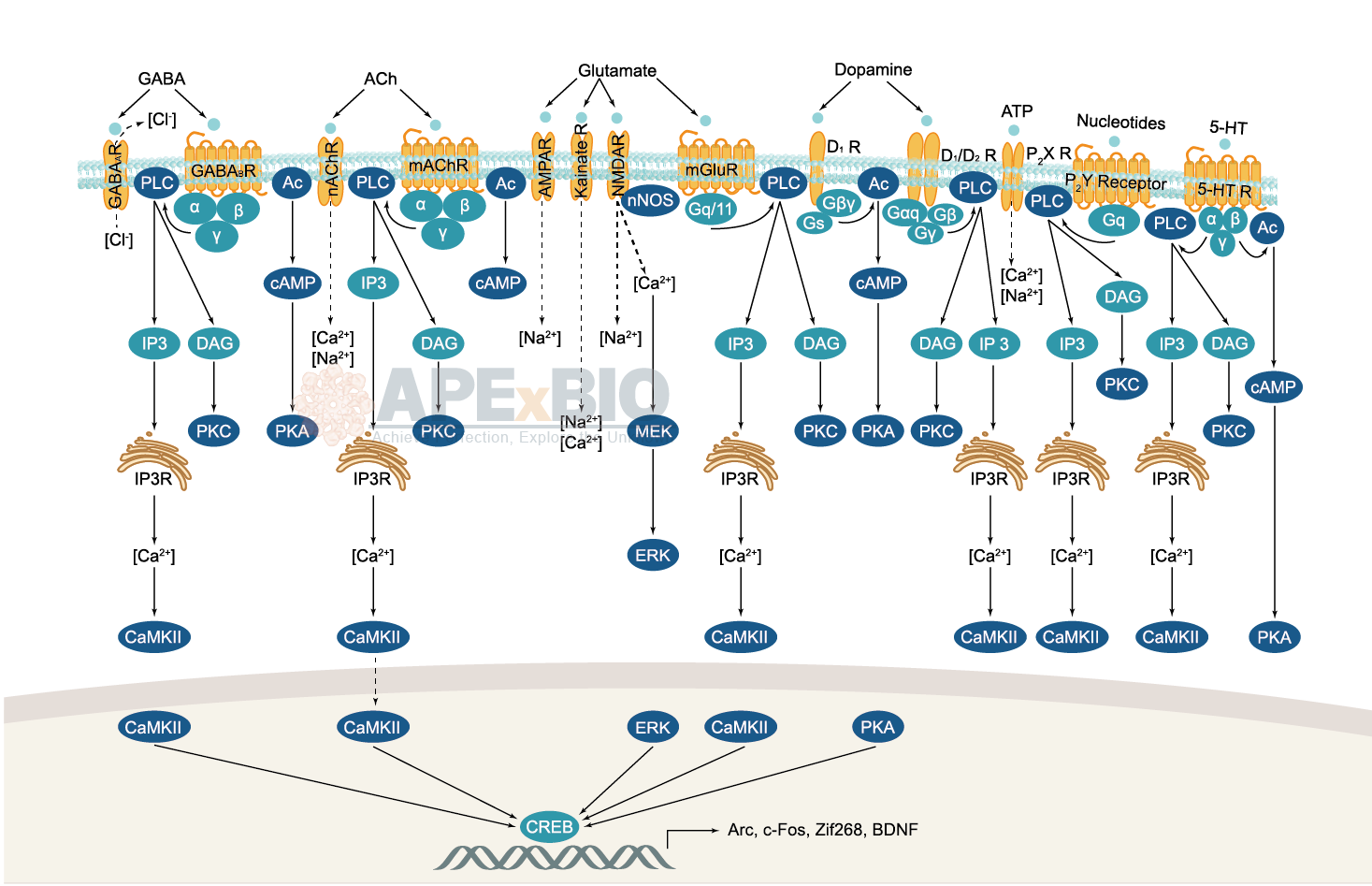
Neurotransmitter receptors function via various G-protein coupled and G-protein independent mechanisms that activate downstream intracellular signaling pathways such as cAMP/PKA, PI3K/AKT, phospholipase A2, and phospholipase C pathways. For instance, dopamine receptors act through adenylate cyclase to activate PKA and other signaling molecules, thereby mediate gene expression through the actions of CREB and other transcription factors. Other neurotransmitters such as NMDAR or AMPAR are associated with ion channels that control flux of Ca2+ and Na+, thus propagating the action potential across the post-synaptic neuron.
Dysfunctions in GABAergic/glutamatergic/serotonergic/dopaminergic pathways result in a broad range of neurological disorders such as chronic pain, neurodegenerative diseases, and insomnia, as well as mental disorders including schizophrenia, bipolar disorder, depression, and addiction.
-
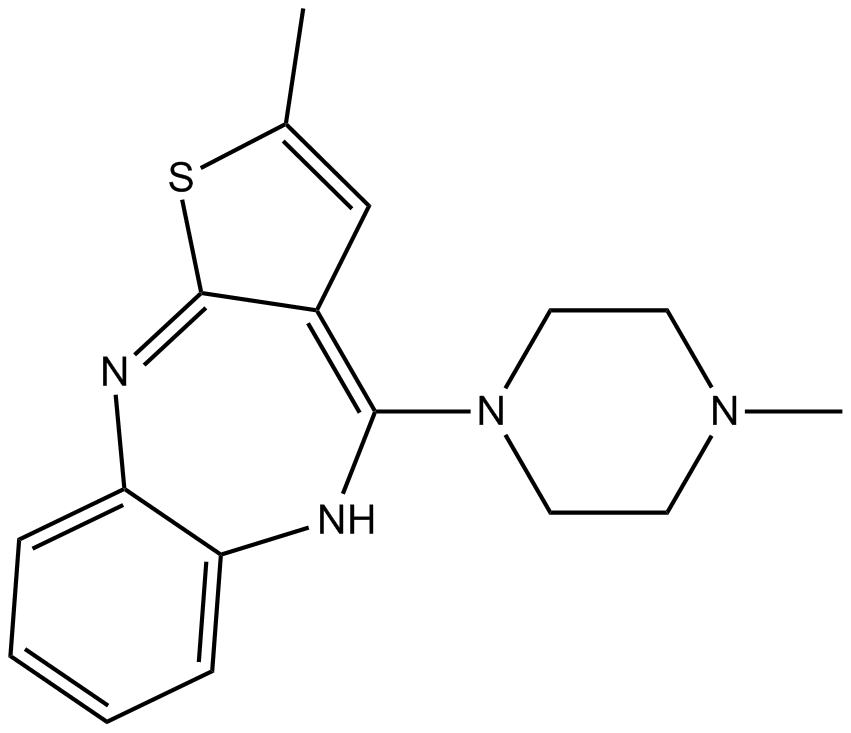 B2240 OlanzapineTarget: 5-HT2 Receptors|D2 ReceptorsSummary: Antagonist of 5-HT2A and dopamine D2 receptors
B2240 OlanzapineTarget: 5-HT2 Receptors|D2 ReceptorsSummary: Antagonist of 5-HT2A and dopamine D2 receptors -
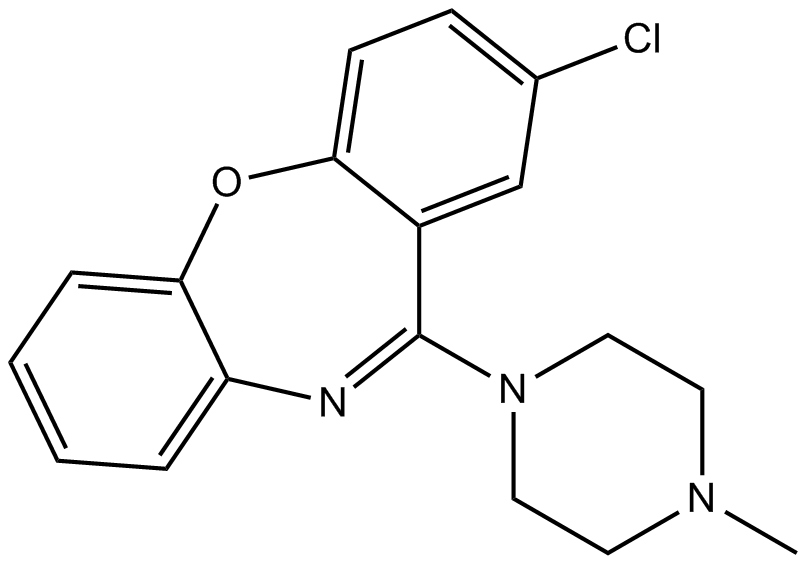 B1001 Loxapine1 CitationTarget: 5-HT2 ReceptorsSummary: 5-HT receptor antagonist
B1001 Loxapine1 CitationTarget: 5-HT2 ReceptorsSummary: 5-HT receptor antagonist -
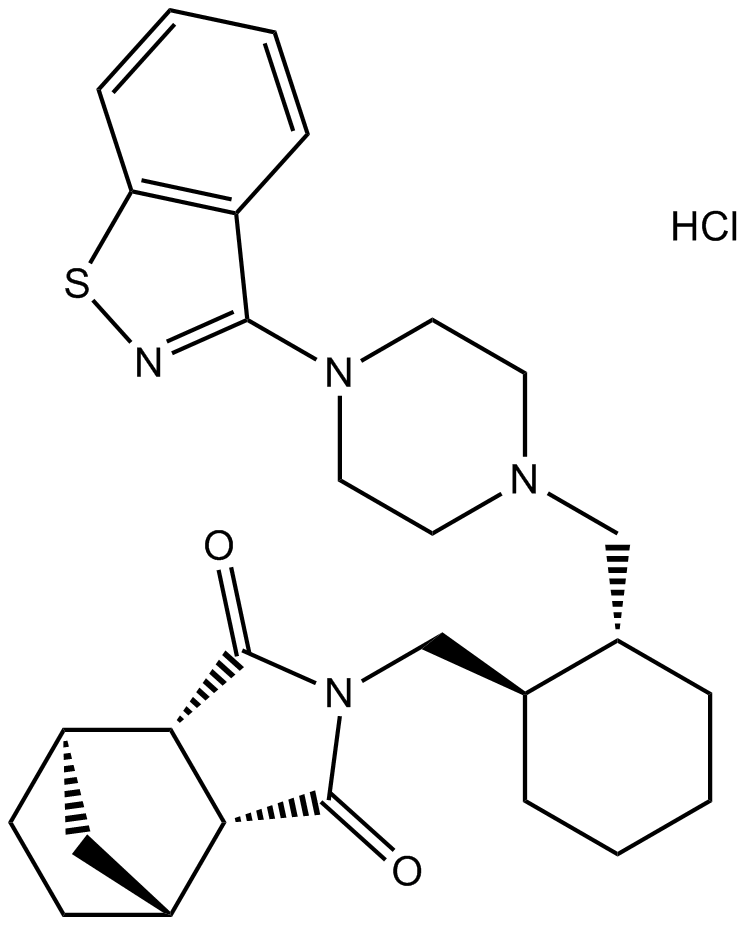 B1477 Lurasidone HClTarget: 5-HT2 Receptors|D2 Receptors|5-HT1 Receptors|5-HT7 ReceptorsSummary: Dopamine D2/5-HT2A/5-HT7/5-HT1A inhibitor
B1477 Lurasidone HClTarget: 5-HT2 Receptors|D2 Receptors|5-HT1 Receptors|5-HT7 ReceptorsSummary: Dopamine D2/5-HT2A/5-HT7/5-HT1A inhibitor -
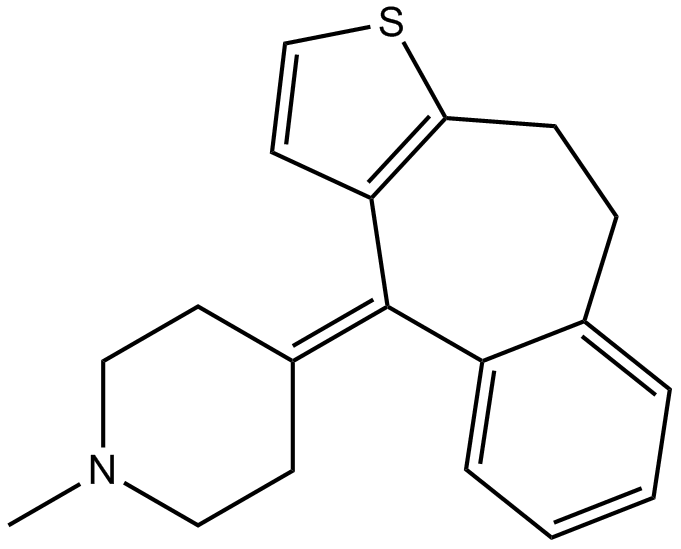 B1206 PizotifenTarget: 5-HT2 ReceptorsSummary: Highly selective 5-HT receptor blocking agent
B1206 PizotifenTarget: 5-HT2 ReceptorsSummary: Highly selective 5-HT receptor blocking agent -
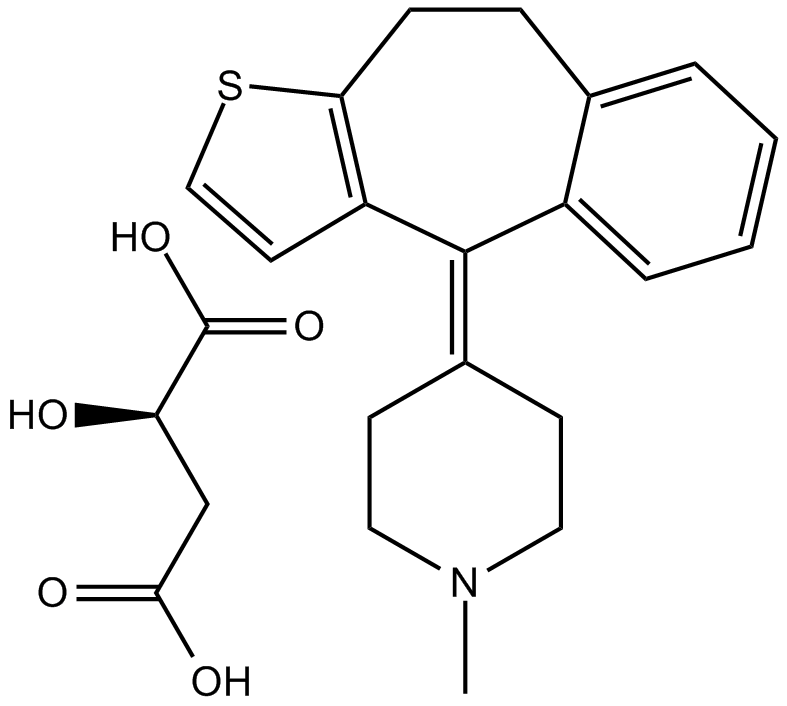 B2007 Pizotifen MalateTarget: 5-HT2 Receptors|D2 ReceptorsSummary: 5-HT receptor antagonist
B2007 Pizotifen MalateTarget: 5-HT2 Receptors|D2 ReceptorsSummary: 5-HT receptor antagonist -
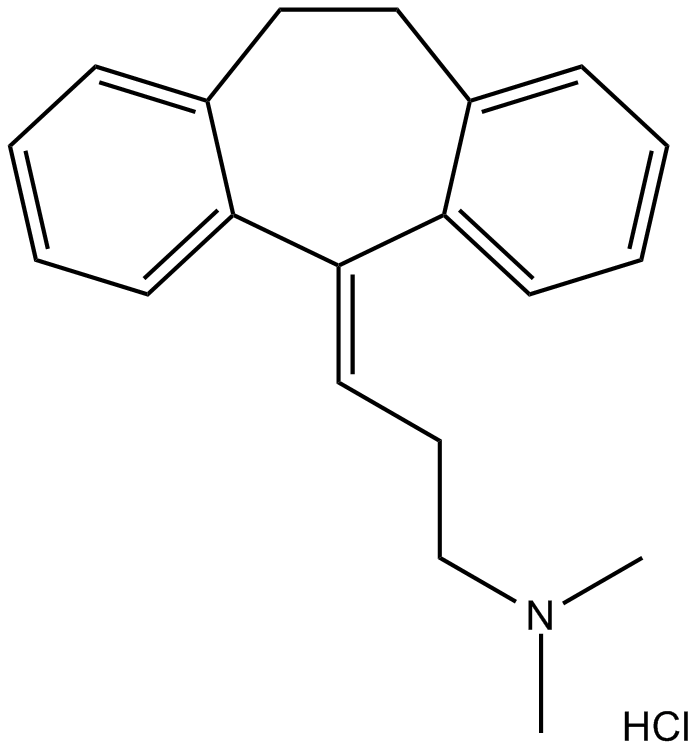 B2231 Amitriptyline HClTarget: Trk Receptors|5-HT2 Receptors|Norepinephrine transporter|5-HT TransportersSummary: Serotonin /norepinephrine receptor/5-HT4/5-HT2 inhibitor
B2231 Amitriptyline HClTarget: Trk Receptors|5-HT2 Receptors|Norepinephrine transporter|5-HT TransportersSummary: Serotonin /norepinephrine receptor/5-HT4/5-HT2 inhibitor -
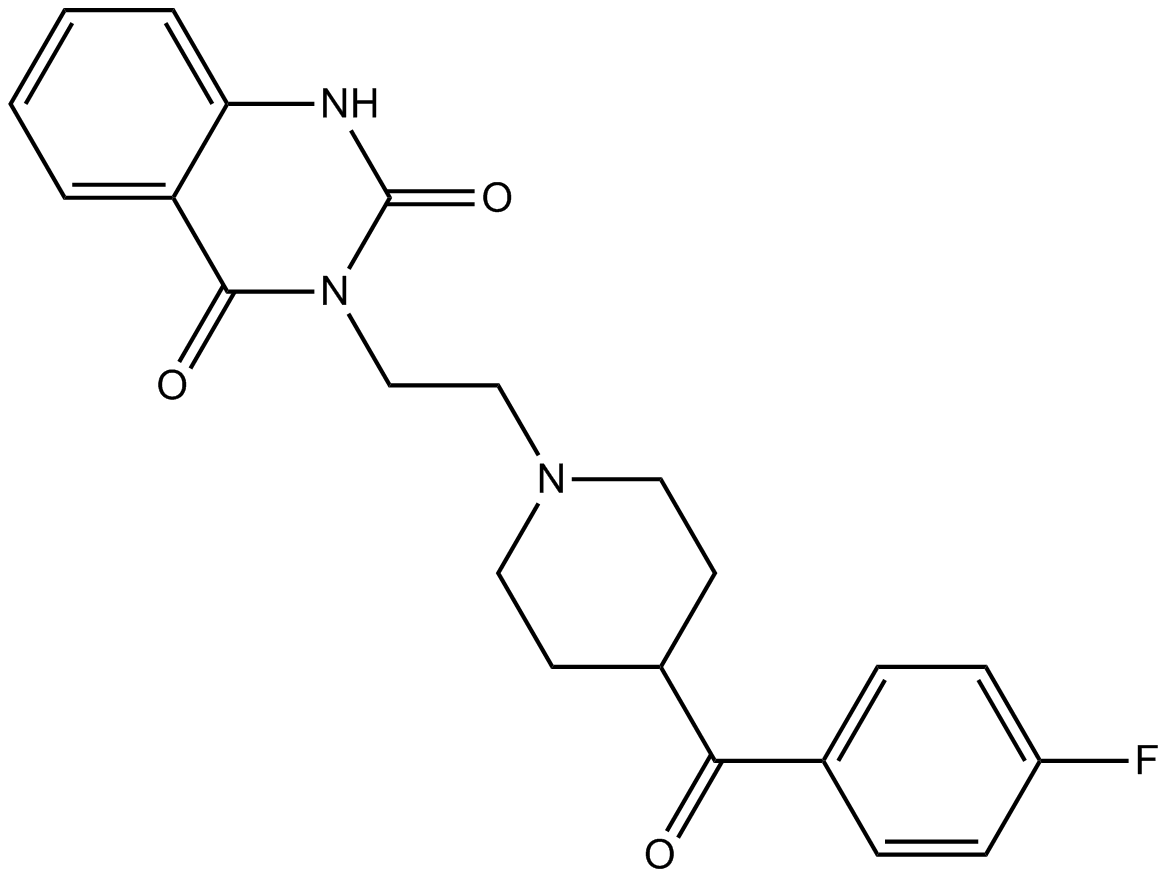 B2248 KetanserinTarget: 5-HT2 ReceptorsSummary: specific 5-HT2A serotonin receptor antagonist
B2248 KetanserinTarget: 5-HT2 ReceptorsSummary: specific 5-HT2A serotonin receptor antagonist

